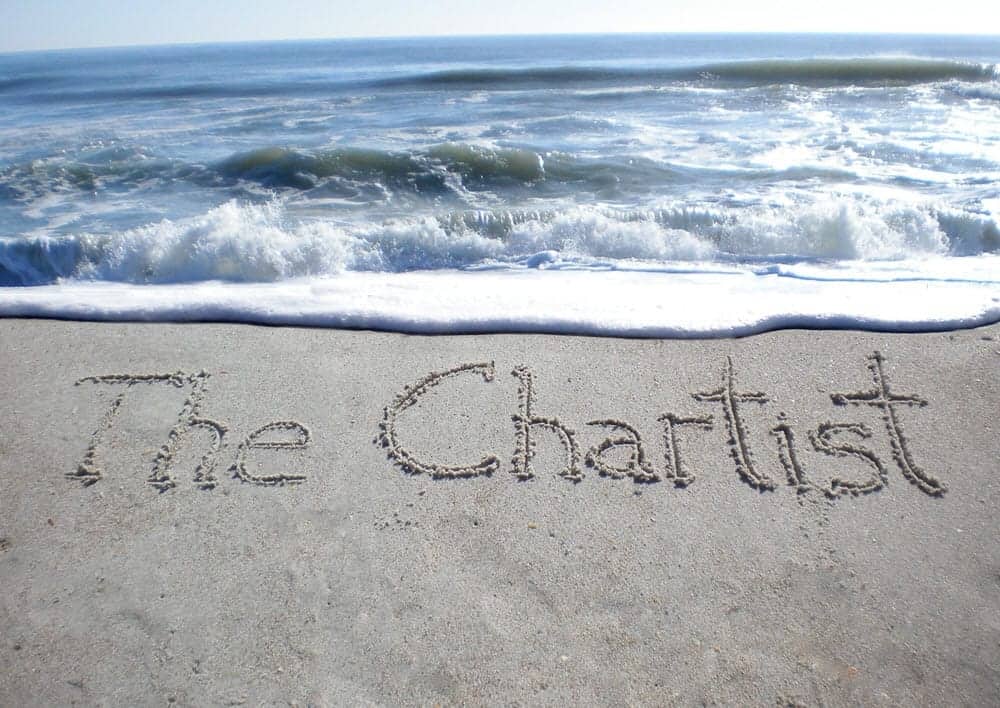
Technical Analysis Does the Hard Work
Investment Talk with John Hallows Sunday Telegraph, 27th November 2005
Over the years I’ve has a lot of fun being rude about technical analysis – to give what’s usually called “charting” its proper name. What always sparks my doubt is that the markets generally rise or crash as a result of outside, non-market events, which market graphs can’t predict, whatever enthusiastic chartists suggest. But now I have to haul up the white flag on this long-cherished position.
I’ve finally found someone who makes sense with technical analysis. And he spells out two important points that every direct share investor should know about. This light on the M4 to Damascus was shone by Nick Radge, a one-time Macquarie Bank Associate-director who’s still under 40 and lives comfortably in Noosa, playing the active investor on the markets and the charting guru for clients. His first principle should strike chords with finance professionals as well as normal investors.
The point is, there are two main types of share analysis: charting, and what’s called “fundamental analysis”, which means studying everything about a particular company from its management, profit record and capital down to its sales prospects. The analyst then tries to work out from this information what the shares are worth. This is the method used by the battalions of analyst who work for funds and financial institutions. For the average investor it is totally useless, says Radge, who has just published his own guide to stockmarket investment called Adaptive Analysis for Stocks.
The point is you cannot automatically believe anything company executives say. These days the only CEO who tells the unvarnished truth is Telstra’s Sol Trujillo – and he’s got his reasons. Others can quite rationally argue that it’s their fiduciary duty to shareholders to put the best possible gloss on the company. But that has results which range from simple over-optimism to outright deception, on the scale of the HIH and Enron disasters.
Even the pros can get fundamentals badly wrong, says Radge and for the average investor technical analysis is the only reliable alternative. He happily agrees it won’t predict serious problems – “markets can and do crash at anytime” – but in the long intervals between, an investor who learns to interpret shareprice graphs to reveal underlying waves of market sentiment about particular companies can trade profitably much of the time.
And here’s where the second – vital – principle comes in. It’s absolutely essential, says Radge, not only to set a stop/loss get-out level for every single trade you engage in – something this column has always urged – but make it as tight as practicable. Tighter, in fact, than I’ve suggested here in the past.
Radge offers pages and pages of computer simulations to demonstrate that the tighter – i.e. lower – the stop/loss, the higher the overall trading profit. In effect, it means you take more small losses, but overall you make more profit.
He certainly follows his own advice. Last week he booked a buy at $7.38 with a stop/loss provision at 10 cents less (good Internet brokers will arrange this for a small charge). That’s a stop/loss reserve of 1.3 per cent. All this might sound like a lot of work, and it does admittedly involve checking the markets everyday. But there is affordable share-management computer software on the market, such as Maus Stockmarket and the latest version of Quicken Share Analyser, which will quickly download share prices from the Internet, provide the necessary graphs, and create the all-important stop/loss programs. With that in place, you don’t have to worry about a re-run of 1987. The technical analysis will have told you it’s happening – the stop/loss program limits your problem – and you just stay away for a while.


